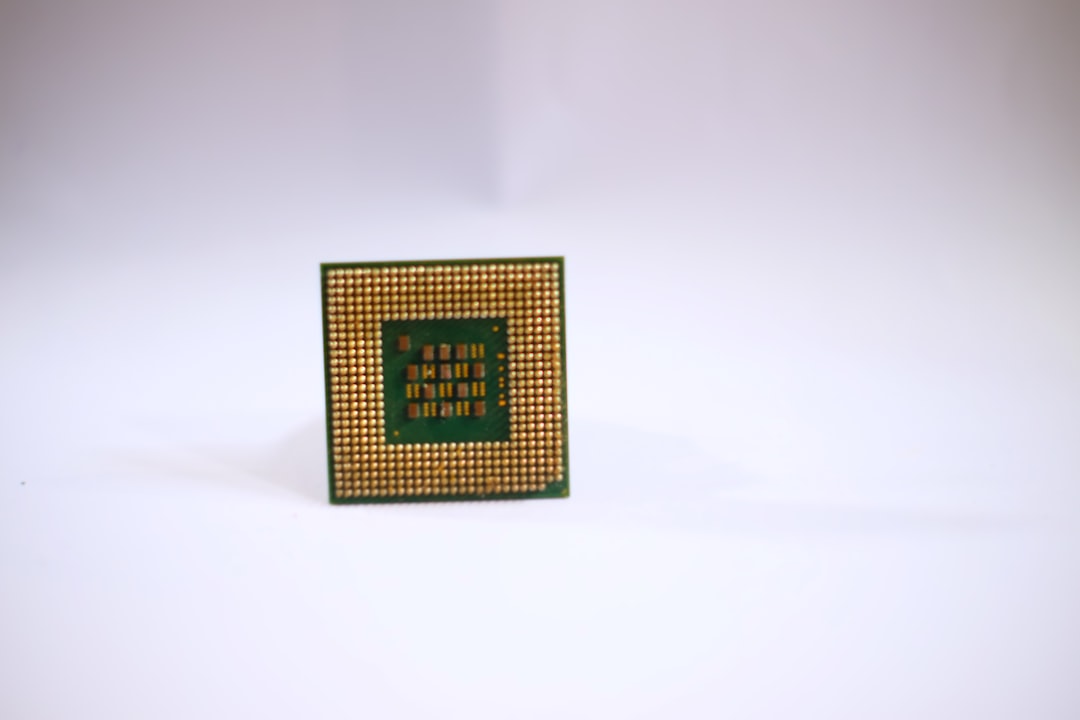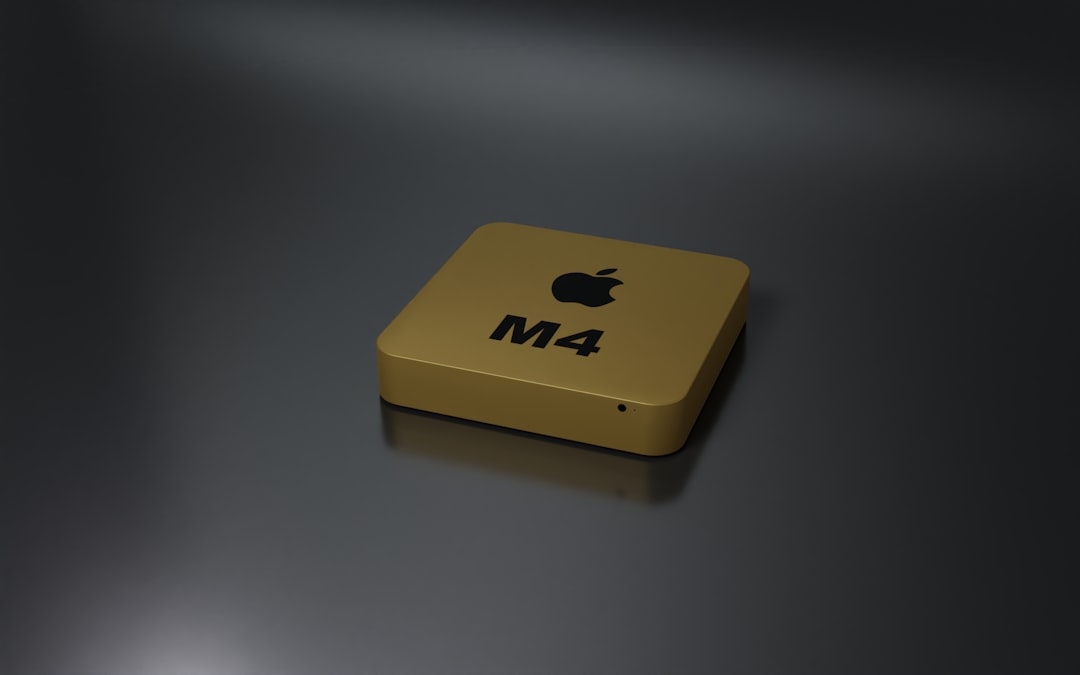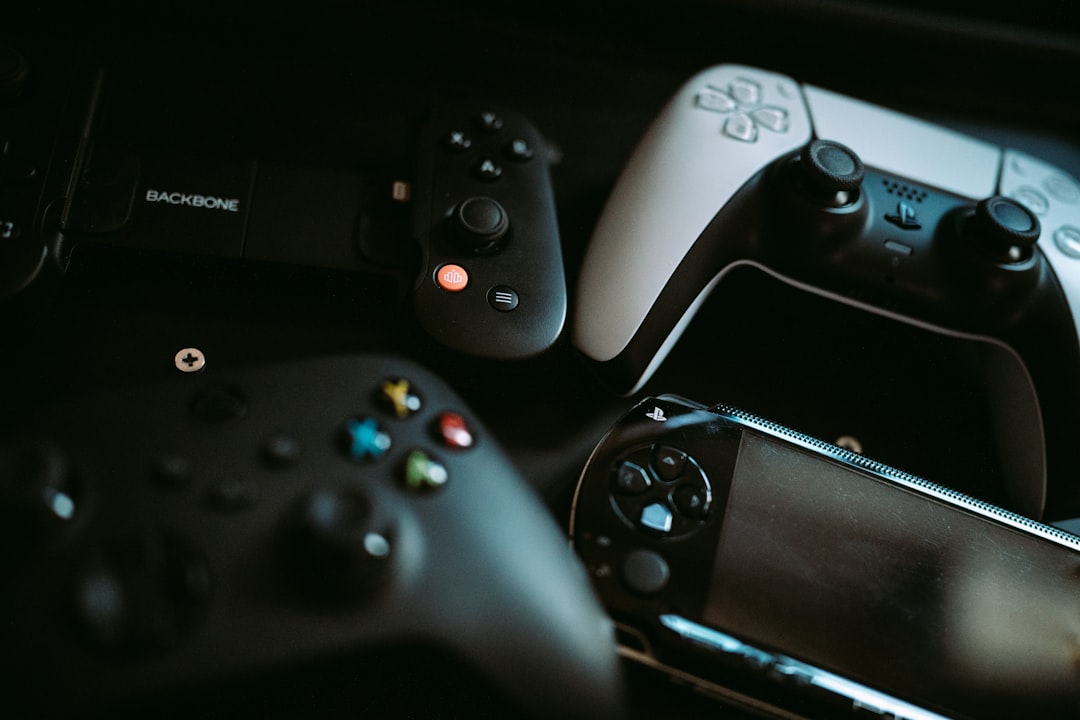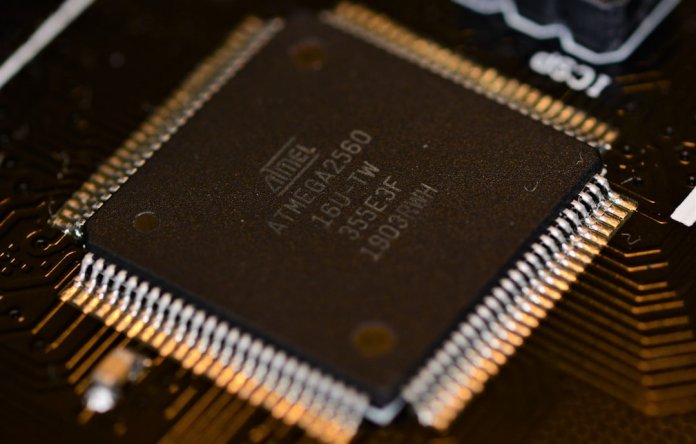With the recent release of Apple’s A17 Pro chip, there has been an influx of comparisons between this new mobile processor and the company’s more powerful M2 chip, used in MacBooks and iPads. While both chips come from Apple’s in-house silicon design teams and share many architectural similarities, they serve very different purposes. In this article, we’ll take a deep dive into the key differences and performance metrics that separate the A17 Pro from the M2, explaining how each chip is optimized for its intended use.
Understanding Apple Silicon’s Purpose
Before we dive into raw numbers and specs, let’s first define what each chip is meant to do:
- A17 Pro: The A17 Pro is designed for the iPhone 15 Pro and Pro Max. As a mobile chip, it’s built for efficiency, battery life, and delivering powerful performance in a small, thermally constrained device.
- M2: Built for MacBooks and high-end iPads, the M2 chip is geared toward productivity, multitasking, and creative workloads. It operates in environments where power and cooling are more available than in a phone.
This difference in application defines much of the contrast in their design choices and performance characteristics.
Architectural Differences
Both the A17 Pro and the M2 are ARM-based processors, continuing Apple’s transition away from Intel chips across its product lines. However, there are some essential architectural distinctions worth noting:
- Fabrication Process: The A17 Pro is the first consumer chip produced on a 3nm process, offering improved efficiency and performance. The M2, meanwhile, is built on a 5nm second-generation process.
- Core Count: The A17 Pro features a 6-core CPU (2 high-performance and 4 high-efficiency cores), whereas the M2 includes an 8-core CPU (4 performance and 4 efficiency cores).
- GPU Capabilities: The A17 Pro introduces a brand new 6-core GPU architecture with ray tracing and mesh shading capabilities for gaming. The M2 offers a GPU with up to 10 cores depending on the configuration, more suited to handling creative applications like video editing and 3D rendering.
These differences suggest that while the A17 Pro is cutting-edge in some respects—especially in gaming—the M2 is still the more all-around powerful chip, especially for multitasking and desktop-level workloads.
Performance Benchmarks
Now for the numbers. Let’s compare how both chips perform in real-world and synthetic benchmarks.
CPU Performance
- A17 Pro: Geekbench 6 scores show single-core performance around 2950 and multi-core scores at roughly 7200.
- M2: The M2 returns a single-core score of about 2600 and a multi-core score exceeding 9700.
These numbers indicate a surprising fact: the A17 Pro actually beats the M2 in single-core performance, thanks to newer 3nm architecture and refined cores. However, the M2 pulls ahead in multi-core workloads due to a greater number of high-performance cores.
GPU Performance
This is where the gap widens significantly, especially in tasks requiring sustained throughput.
- A17 Pro: The GPU sees a 20% performance increase over the previous generation and supports hardware-accelerated ray tracing. In offscreen benchmarks like 3DMark Wild Life Extreme, it scores around 3800.
- M2: With more GPU cores and thermal headroom, the M2 achieves scores of over 7400 in the same benchmark.

In essence, although the A17 Pro’s GPU capabilities are being heralded as a turning point for mobile graphics, the M2 remains the clear winner for graphic-intensive tasks, especially when sustained performance is necessary over longer durations.
Power Efficiency
This is where the A17 Pro absolutely shines. Thanks to its 3nm process and mobile-first design philosophy, it offers leading efficiency. The chip is optimized for delivering high performance without draining the battery quickly, which is critical in smartphones with limited battery capacity.
The M2, on the other hand, does offer notable improvements over previous Mac chips but targets a different efficiency scale. It’s not designed to sip power like the A17 Pro; instead, it strikes a balance between performance and energy use in laptops.
Real-World Usage: Which One is Better For You?
In practice, how these chips perform will depend on the device they reside in:
- If you’re using an iPhone 15 Pro: You’re already getting the best mobile chip available, particularly for gaming and multitasking within the constraints of a phone environment. The A17 Pro is optimized for bursts of power when needed and sips energy when in idle or low-load conditions.
- If you’re on a MacBook Air or iPad Pro with the M2: You have power that can handle video editing, complex spreadsheets, music production, and even some 3D modeling. The M2 is made to sustain performance over longer durations, making it far more suitable for professional work.

Thermal Constraints and Performance Sustainment
This often overlooked aspect is crucial when we talk about real-world performance. Mobile devices like iPhones don’t have active cooling solutions, so chips must throttle performance to avoid overheating. The A17 Pro, while powerful, cannot sustain its highest performance tier for extended periods without thermal throttling.
In contrast, M2-equipped MacBooks have more space and better heat dissipation, and in some models, active cooling allows for longer sustained performance. This is one of the reasons why the M2 shines in tasks like video conversion or 3D rendering, which require long processing periods.
Gaming: A Category in Transition
With the introduction of console-quality titles on iPhone—think Resident Evil Village and Death Stranding—Apple is blurring the lines between mobile and traditional gaming experiences. The A17 Pro’s hardware ray tracing and improved GPU pipelines begin to bridge this gap.
However, the M2 chip is still better suited for more complex games, particularly because it’s not as thermally or power constrained. In fact, many of the same titles available on iPhone are also playable on M2 devices but with higher settings, better resolution, and longer sessions.

Final Verdict: Different Strengths for Different Needs
To summarize:
- The A17 Pro excels in efficiency, single-core performance, and pushing the envelope of what’s possible on a smartphone.
- The M2 continues to be a productive powerhouse, with more multi-core and GPU capability, designed for larger and more capable devices.
Comparing these chips directly is insightful but should be viewed through the lens of their intended platforms. The A17 Pro is a marvel of mobile engineering pushing smartphones into new territory, while the M2 remains the go-to chip for MacBook users needing strong and sustained performance.
Whether you’re gaming, editing video, browsing the web, or tackling professional workloads, Apple has a silicon solution designed to match your use case. And as future iterations like the M3 and A18 loom on the horizon, this dynamic will only become more fascinating.
